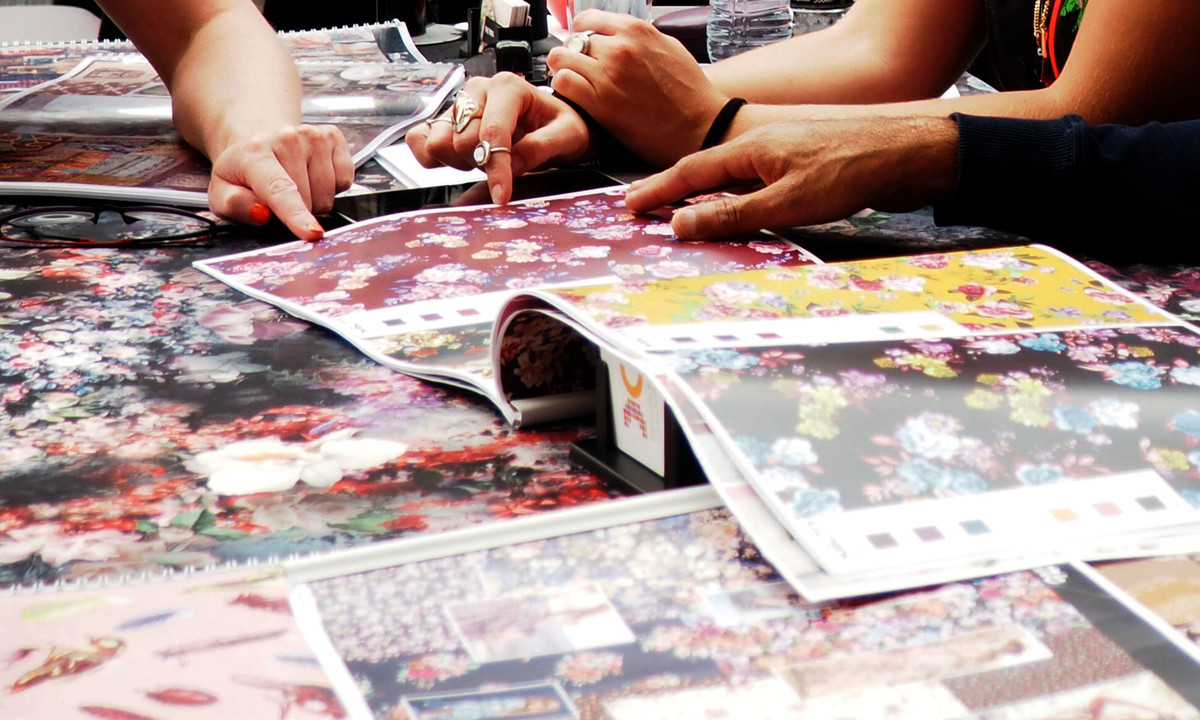In today’s printing industry the trend is to move into digital production workflows. Anything that we can automate, will be automated at some point. Anything that we can digitalize will be converted to bits and bytes. Manufacturers are pushing hard to make inkjet printing the standard in any industry where it could be applicable. The benefits seem plenty and the possibility to shorten process cycles sounds alluring to many. But there still is some ground to cover; in particular where it concerns harmonizing designers and producers.
New print head technology, ink formulations and software solutions are paving the way to seriously benefit from improved quality and possibilities. However, dubious marketing spin and the drive to over-simplify configuration requirements and production limitations tend to overshadow sound advice and practical implementations. Moreover, many production processes are governed by speed of throughput with these rates being the principle criteria for running an efficient business. Manufacturers of machines are quick to promote these running speeds as a direct line to profit but, in truth, the numbers of square meters per hour which can be generated only represent one element of an overall cost-effective operation.

